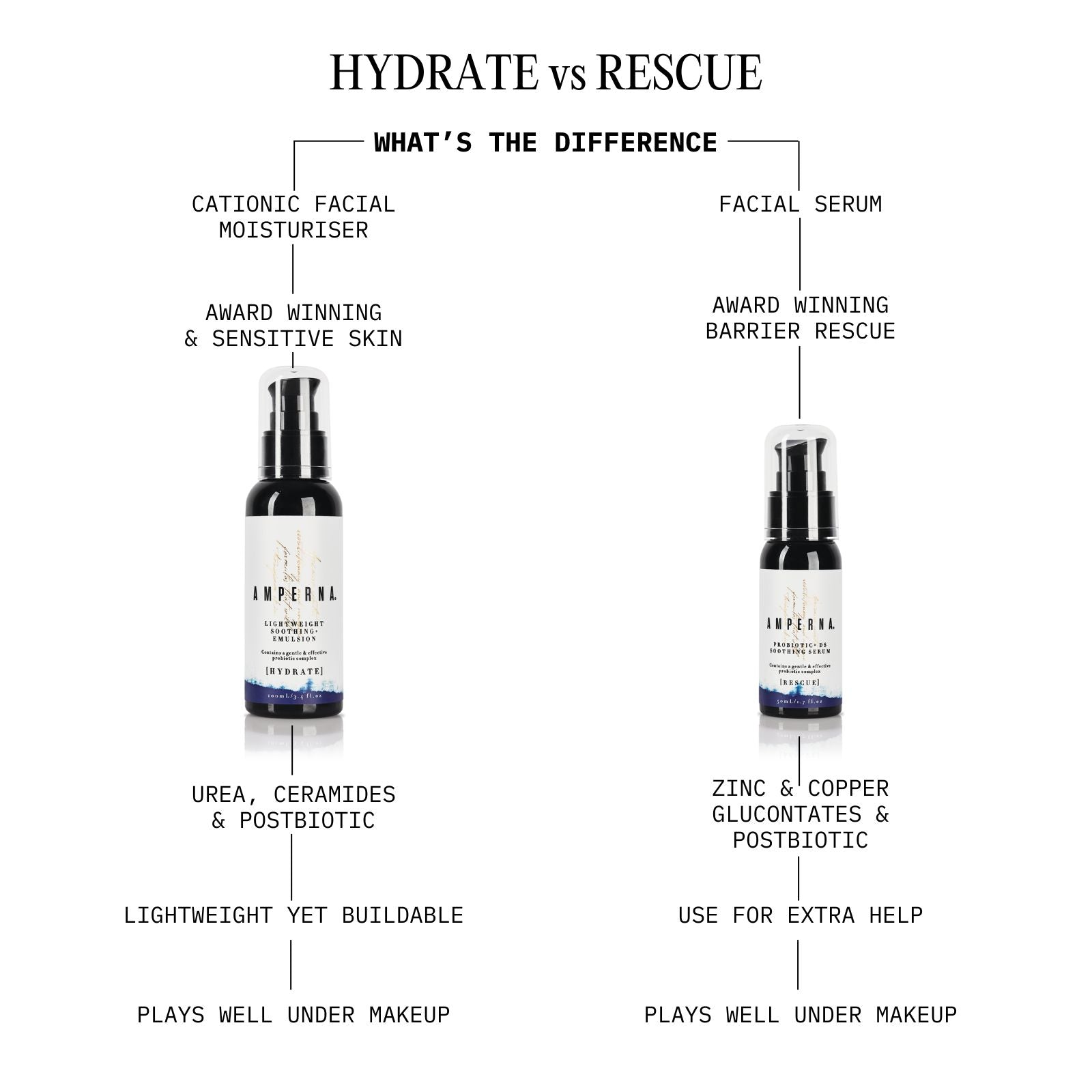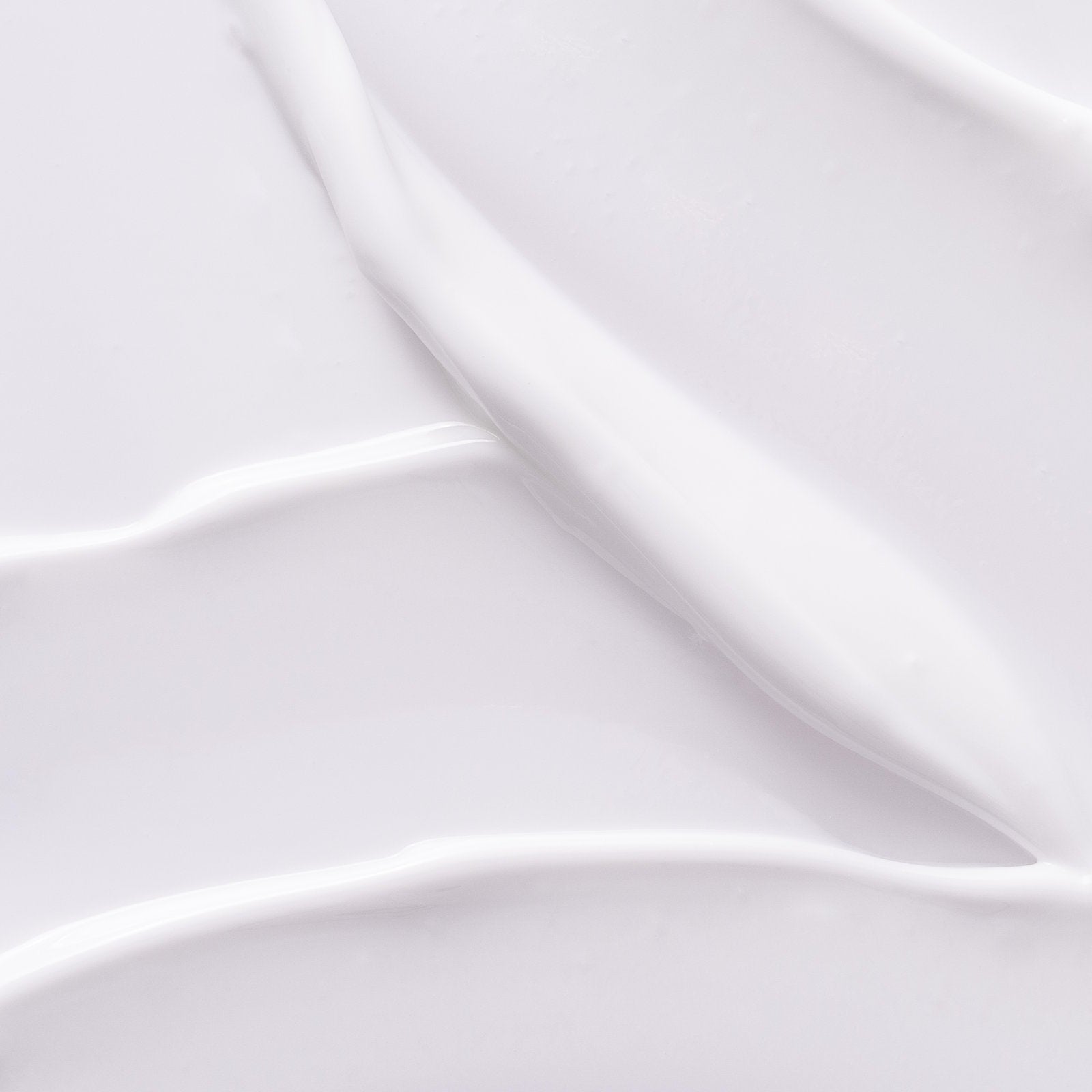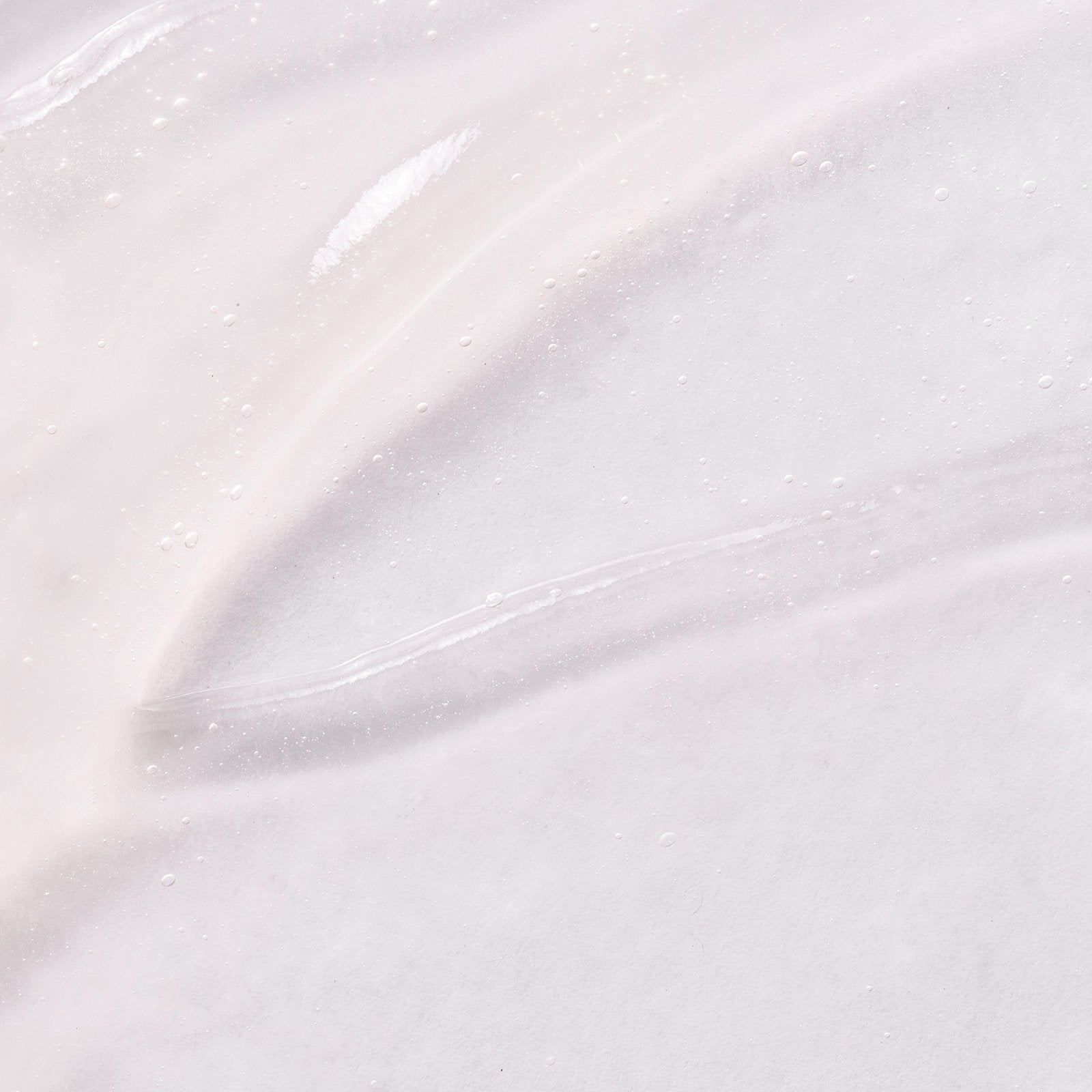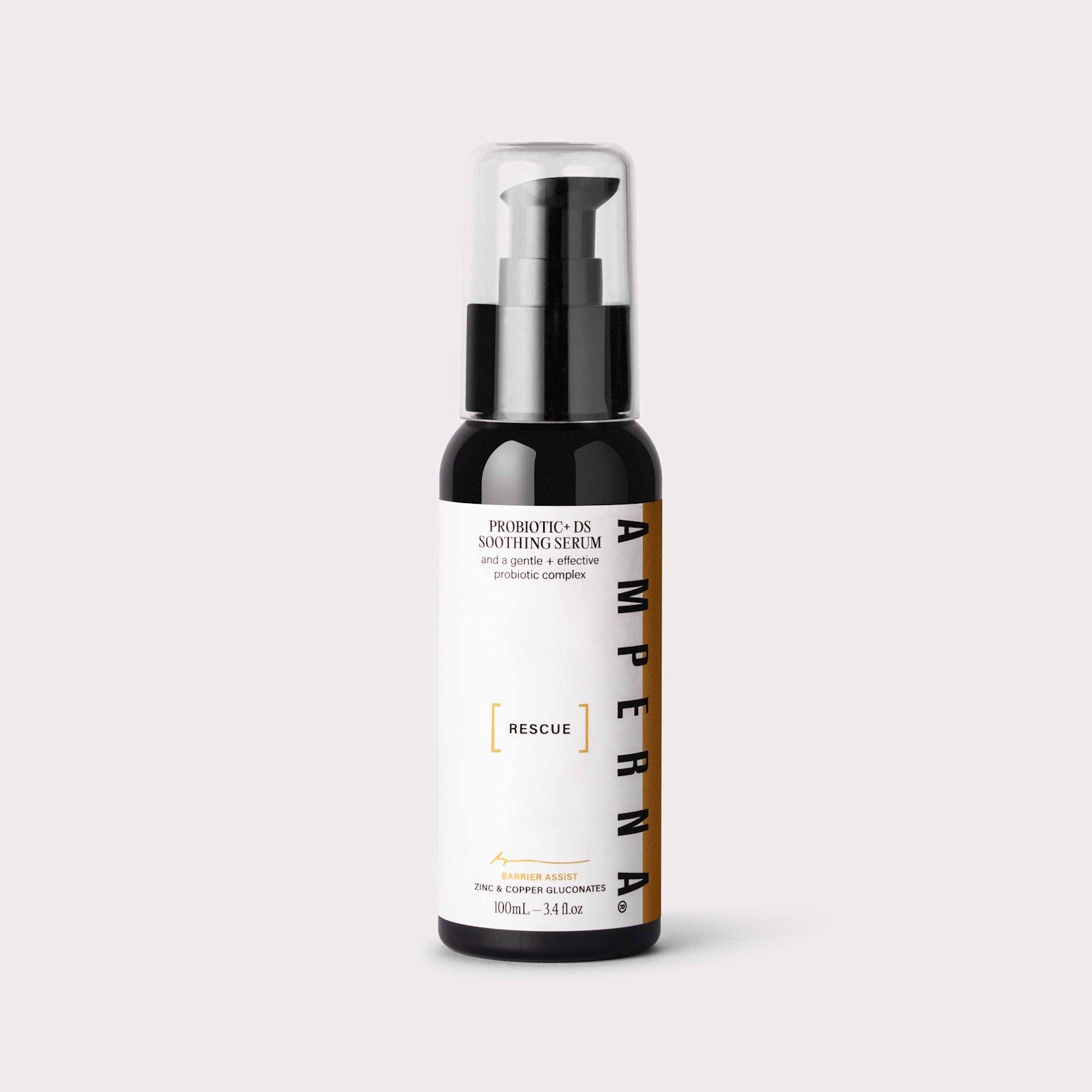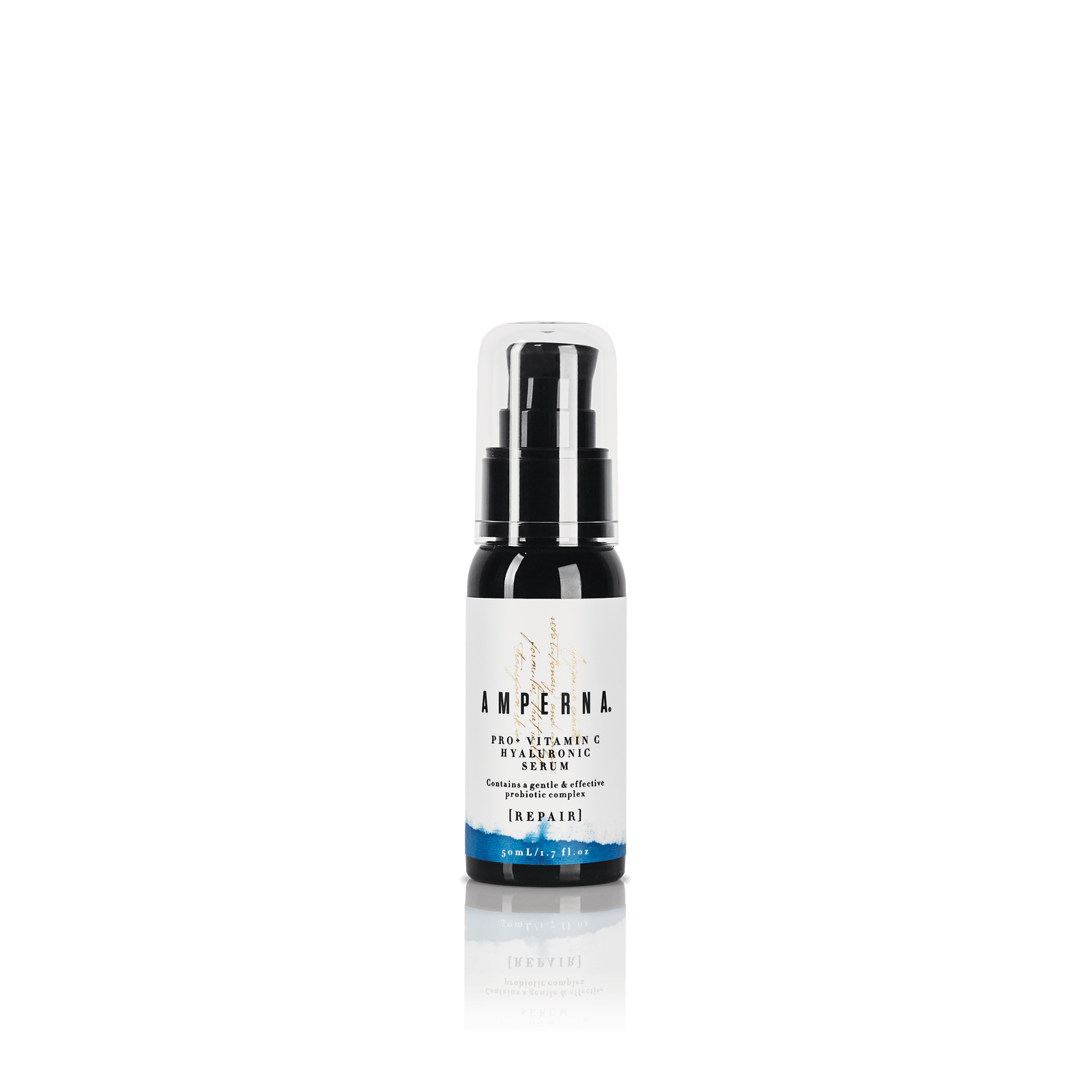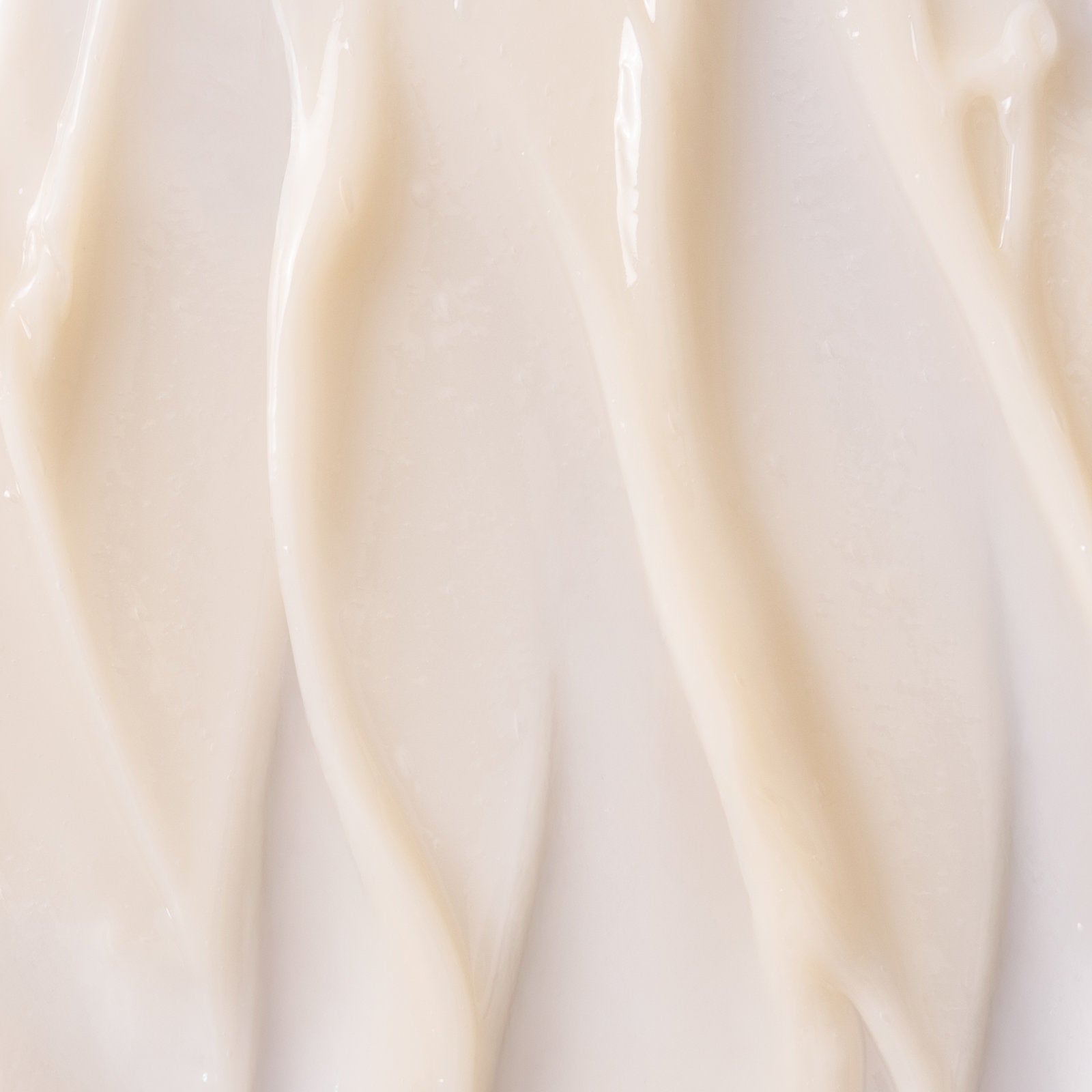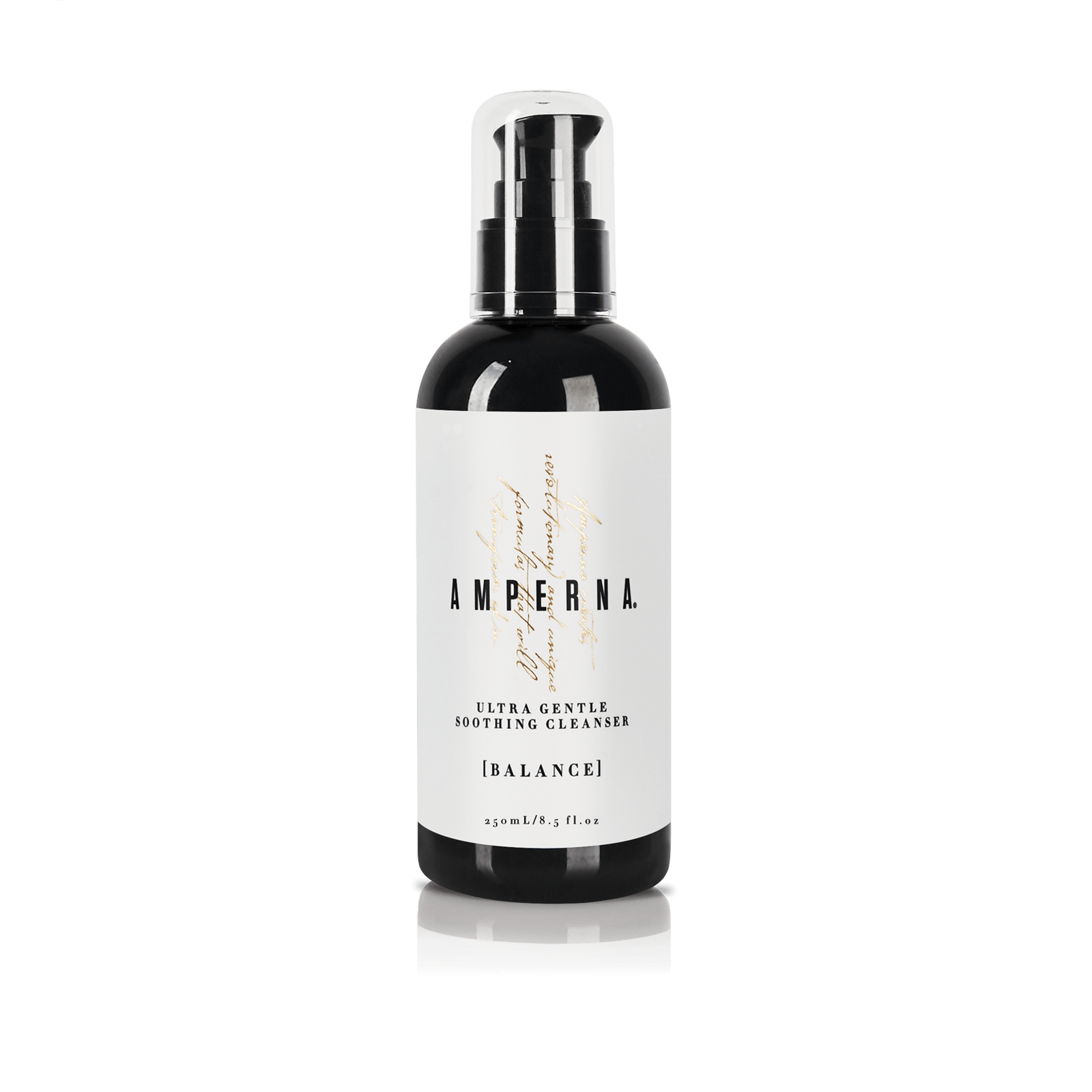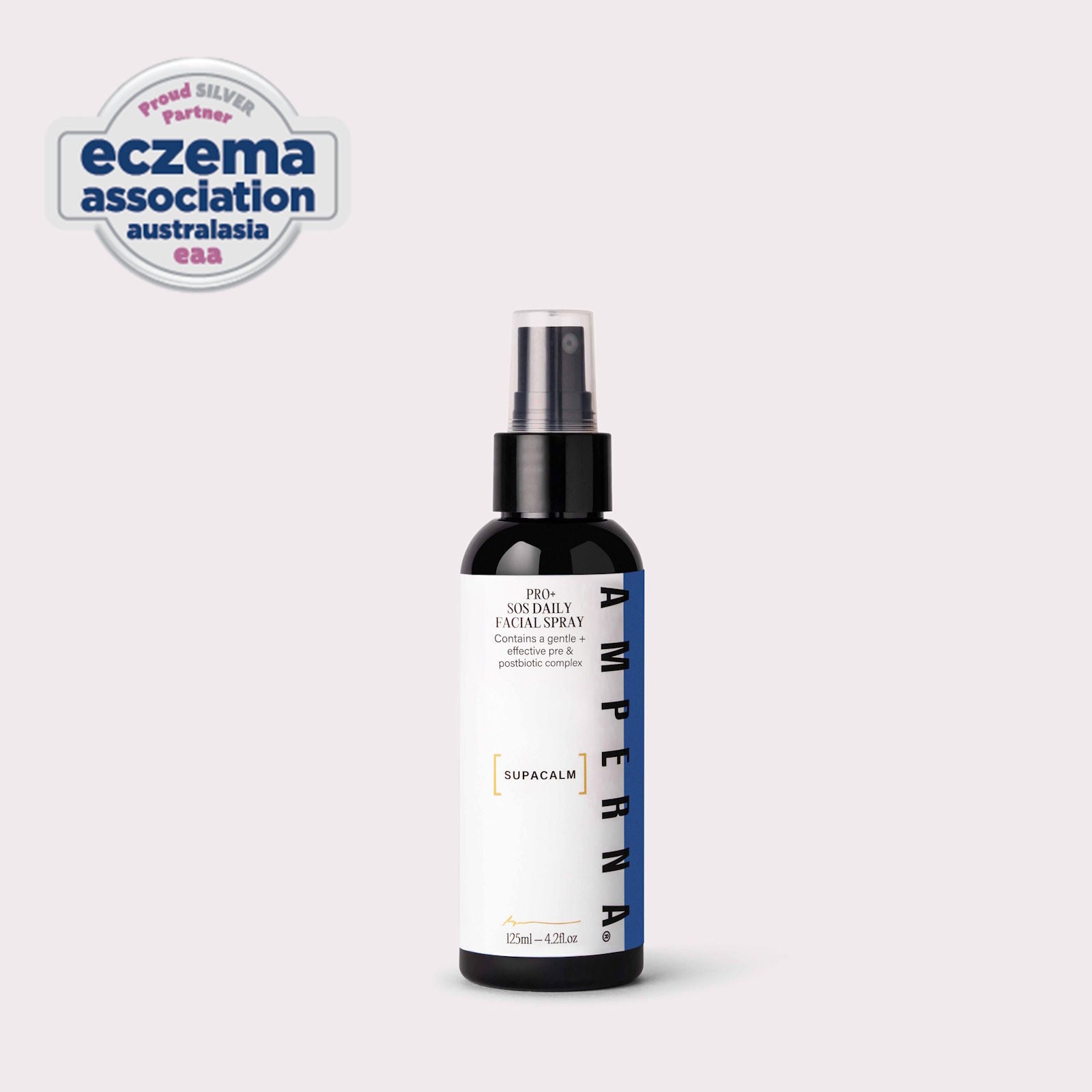In this article we speak with Senior Clinician Sally Cussell of Rejuvenation Clinics of Australia, who is an expert at treating hyperpigmentation, and shares a case study from an AMPERNA® client who has seen great results after helping her hyperpigmentation with our range.
Whether it appears as a ‘moustache’, dark patches around the temples and jawline or spots on the décolletage and face, hyperpigmentation adds another unwelcome (and often stubborn) challenge to our daily skincare routines.
The good news is that with the right treatment hyperpigmentation can be addressed, restoring that fresh, bright skin tone that many people long for.
What are the Main Causes of Hyperpigmentation?
There are several different types of hyperpigmentation that can be found in the skin such as freckles, solar lentigos (also known as ‘liver spots’) and melasma (often triggered by hormones).
“Melasma is one of the most common conditions that we see in our clinic on a daily basis, and it is challenging to treat,” observes Sally.
Sally explains that this form of hyperpigmentation is predominantly found in women because it is a hormonally induced pigment that is generally stimulated through pregnancy, contraceptive pills and other hormone medications (but it can sometimes be present in men too).
There is also PIH - post-inflammatory hyperpigmentation, which can be caused by inflammation after burns.
However, the majority of hyperpigmentation is caused by sun damage that builds up over the years.

How Does Sun Damage Lead to Hyperpigmentation?
When you go out into the sun without adequate sun protection, the exposure to UV rays stimulates the melanocytes in your skin. Melanocytes are cells that produce melanin and transfer it to the skin cells for protection.
If the basal or innermost layer of your skin is damaged, melanin can become trapped in patches or spots that become visible on the surface of our skin.
Who is Most at Risk of Hyperpigmentation?
Hyperpigmentation can affect anyone, but certain groups are more at risk, including:
- People with darker skin tones: Melanin overproduction can be triggered more easily in individuals with darker complexions.
- Individuals with a history of acne: Post-inflammatory hyperpigmentation (PIH) often occurs after acne lesions heal.
- Pregnant women: Hormonal changes can lead to melasma, a common form of hyperpigmentation.
- People regularly exposed to sun: Excessive sun exposure can lead to solar lentigines (sunspots).
- Individuals using certain medications: Certain antibiotics and hormonal medications can increase sensitivity to sunlight and lead to hyperpigmentation.
- People with certain medical conditions: Conditions like Addison’s disease or certain hormonal imbalances can also contribute.

Can Hyperpigmentation be Treated?
Thankfully yes, however different types of hyperpigmentation may require different treatments.
The four main types of treatments include:
- Physical exfoliants which can help to speed up the renewal of the top layer of skin
- Chemical exfoliants that can penetrate more deeply into the skin
- Actives that can help to brighten the skin
- Lasers and Intense Pulsed Light (IPL)
Physical Exfoliants
Your skin naturally renews itself by shedding its upper layers (epidermis) over time. When these upper layers slough away skin can appear refreshed and brighter.
You can help to speed up the process by using a physical exfoliant such as a hand held brush or granular exfoliant, however these methods can be harsh on the skin creating small tears if used too vigorously and many experts prefer to recommend gentler treatments.
Chemical Exfoliants
Chemical exfoliants work by penetrating deep into the skin’s layers over time and are much gentler on the skin.
AMPERNA®’s 10% Pro+ Resurfacing Lotion is a gentle chemical exfoliant that contains 10% glycolic acid and antioxidants that can help to slough off the top layer of damaged skin and improve the skin’s texture. Other ingredients that can work as chemical exfoliants include salicylic acid, lactic acid and fruit acids.
You may like to try a retinol if you are suffering from pigmentation. If you have never used a retinol our beginners retinol guide may interest you.
Brightening Serums or ‘Actives’
Vitamin C can be highly effective at brightening the skin, making it a great treatment for hyperpigmentation. Also known as ascorbic acid, it has antioxidant properties that can help to boost the skin’s defence against UV damage.
Products like our AMPERNA® Pro+ Vitamin C Hyaluronic Serum are great for people with hyperpigmentation prone skin.
Find out why more about the benefits of Vitamin C and why it was the most searched for beauty product of 2017 in this article by the UK Daily Telegraph

Lasers and IPL
There are various types of lasers and pulsed light treatments employed by skin clinics that can help to penetrate into the deeper skin layers in order to reduce hyperpigmentation.
IPL and laser treatments are similar, however lasers are more focused as they deliver one single wavelength of light into your skin, while IPL sends a variety of different wavelengths.
These treatments work by breaking the hyperpigmentation down into smaller particles that can then be removed naturally by your immune system.

AMPERNA® Pigmentation Treatment Case Study
Courtney Bowie, NSW
Skin type: mixed (varies between oily and dry). Prone to break outs due to stress and diet and suffers from slight acne scarring.
Courtney first noticed hyperpigmentation as a slight ‘moustache’ on her upper lip. She believes that it was triggered by sun exposure and was initially told to use brightening masks and serums, which she tried with varying results.
After using the full AMPERNA® range on a daily basis, she has noticed a marked difference.
“I’ve certainly noticed that the progress of the pigmentation has halted – whereas earlier it seemed to be getting worse. I feel like it IS now under control and slowly fading away without any invasive treatments.”


As Always, Prevention is Better than Cure
“Protecting yourself from the sun is the best way to prevent pigmentation,” notes Sally, who recommends that we use a broad-spectrum sunscreen that protects from UVA and UVB, and reapply it regularly, as well as wearing a hat and sitting in the shade whenever possible.
However, Sally acknowledges that some types of pigmentation, like melasma, are hormonal and therefore more difficult to prevent. They can be triggered by a combination of sun exposure, hormones and pregnancy. If you have a family history of melasma, you may be more predisposed.
“Once diagnosed you can reduce the appearance of melasma with laser treatments and prevent future breakouts by adding a pigment inhibiting serum, Vitamins A,B & C and an exfoliating cleanser to your skincare routine,” says Sally, who adds that sun protection can also help with prevention.
A final note from Sally: “Make sure you have regular skin checks as pigmentation can form in the deeper layers of skin, but may not surface until later in life, and start the sun protection early on.”
Please note that according to Sally, IPL should not be used on melasma as it could make the condition worse.
Read more about hyperpigmentation in our skin concerns section.
If you are using skincare products containing active ingredients you will need to protect your skin from the sun. Learn how to be sun smart when using actives here.



